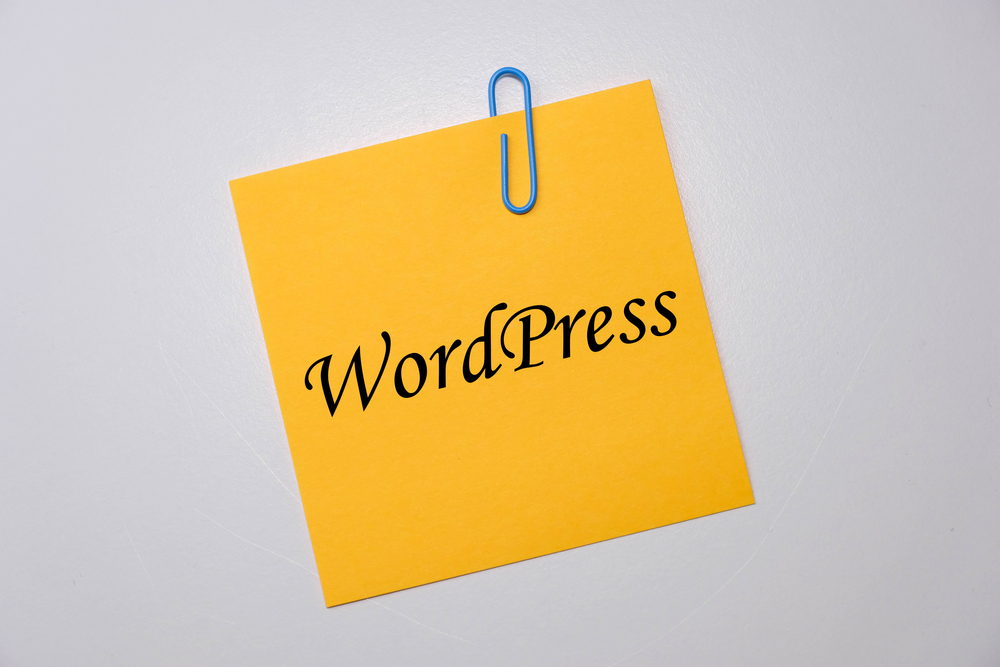
Mastering WordPress: Essential Tips for Customization & Maintenance

WordPress has emerged as one of the most popular content management systems (CMS) in the world. It powers over 40% of all websites on the internet, including blogs, e-commerce sites, and corporate portfolios. Its user-friendly interface, extensive customization options, and an active community make it the go-to platform for beginners and experienced developers alike. In this article, we will explore some essential tips for customizing and maintaining your WordPress (or WP) site.
1. Choosing the Right ThemeThe first step in customizing your WordPress site is selecting the right theme. A theme determines the overall look and layout of your website. There are thousands of free and premium themes available in the official WordPress theme directory and third-party marketplaces. Consider your website's purpose, target audience, and desired aesthetics when choosing a theme. Research user reviews and ratings to ensure compatibility with the latest version of WordPress (the blogging platform) .
2. Customizing the Appearance
Once you have chosen a theme, you can start customizing its appearance to match your brand or personal style. WordPress (WP) provides a built-in customizer that allows you to modify various elements, such as colors, fonts, logos, and backgrounds. Additionally, many themes offer advanced customization options through theme settings or the use of a page builder plugin. Experiment with different combinations to create a unique and visually appealing website.
3. Extending Functionality with Plugins
One of the most powerful features of WordPress is its ability to extend functionality through plugins. Plugins are like add-ons that enable additional features and tools on your website. There are over 58,000 free plugins available in the official WordPress (the platform for bloggers) plugin directory, covering a wide range of functionalities. Whether you need an SEO optimizer, a contact form, or an e-commerce solution, there is likely a plugin available for your needs. Be cautious when installing plugins and choose reputable ones with good user ratings to avoid compatibility issues and security vulnerabilities.
4. Optimizing for Performance
Website speed and performance are crucial for user experience and search engine optimization. A slow-loading website can deter visitors and negatively impact your search engine rankings. To optimize your WordPress site for performance, consider these tips:
- Use a lightweight theme and avoid excessive plugins.
- Compress and resize images before uploading them to your website.- Enable caching to store static files and reduce server load.
- Utilize a content delivery network (CDN) to deliver website resources faster to users across the globe.
- Regularly clean up your database by deleting unnecessary data and spam comments.
5. Regular Maintenance
To keep your WordPress site running smoothly, regular maintenance is essential. Update WordPress core, themes, and plugins as new versions are released to ensure security patches and bug fixes. Regularly backup your website to prevent data loss in case of an unforeseen event. WordPress provides automatic updates for minor releases, but it is recommended to manually update major versions and backup your site before doing so. Also, monitoring and optimizing your website's security is essential in today's digital landscape. Use strong passwords, install a security plugin, and regularly scan for malware.
Frequently Asked Questions:
1. Can I switch themes without losing my content?Yes, switching themes will not delete or remove your website content. However, the new theme may have different layouts and settings, which may require some adjustments to maintain the desired appearance.
2. How do I improve my website's search engine ranking?
WordPress is already optimized for search engines, but you can further improve your website's ranking through various techniques. Focus on creating high-quality content, utilize SEO plugins or tools to optimize metadata and keywords, optimize website speed and performance, and build quality backlinks from reputable sources.
3. Can I customize my website's functionality without coding?
Yes, you can customize your website's functionality without coding knowledge by using plugins and theme settings. Many plugins offer intuitive interfaces and pre-built options to add custom features or modify existing functionalities.
4. Is it necessary to update WordPress and plugins regularly?
Yes, it is crucial to update WordPress, themes, and plugins regularly to ensure security, compatibility, and bug fixes. Outdated software can be vulnerable to malicious attacks, and compatibility issues may arise with newer versions of WordPress.
5. How often should I backup my WordPress site?
It is recommended to regularly schedule backups for your WordPress site. The frequency depends on how often you update or add content to your website. At the very least, backup your site before making any major changes or updates.
In conclusion, mastering WordPress is an ongoing process that involves customization, maintenance, and keeping up with industry best practices. By choosing the right theme, customizing the appearance, extending functionality with plugins, optimizing for performance, and regularly maintaining your site, you can create a powerful and secure website that stands out from the crowd. Remember to stay updated with the latest WordPress developments and follow reliable online resources for continuous learning and improvement.
Other useful resources
- https://www.wordpress24plus.com/wordpress-tools-directory/
- https://en.wikipedia.org/wiki/WordPress